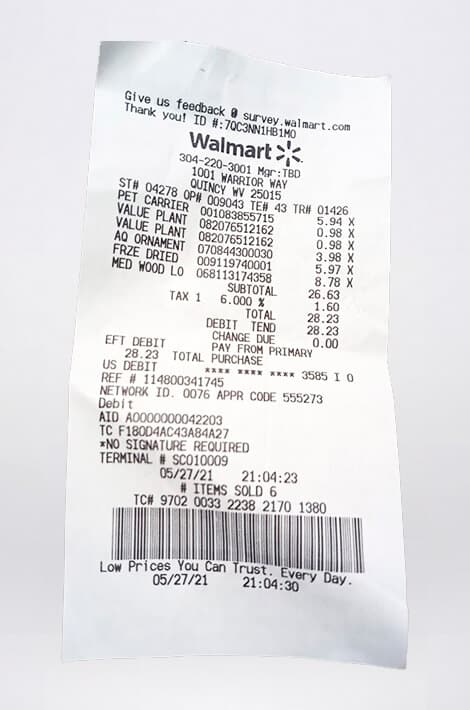Last Updated on January 9, 2025
You don’t need to scour online tech-focused blogs, articles, whitepapers or websites for very long before stumbling on content related to AI or robotic process automation (RPA). It seems that tech enthusiasts and companies with their fingers on the pulse of all thing’s technology are excited about the potential operational revolution that’s just around the corner.
But why? Well, in a nutshell, artificial intelligence addresses the limits of robotic process automation, allowing for the rise of intelligent automation. Arguably, more exciting is that RPA promises to usher in new standards in productivity and innovation – allowing organizations to free manpower and other resources so that they’re able to focus on activities to drive the business forward.
A great example of the potential commercial benefits that can be achieved by RPA is found in expense management receipt parsing OCR. Imagine a time when entering expenses isn’t quite a time consuming or error prone as it is. With AI and robotic process automation this time is here.
The Interest in Robotic Process Automation
It was only a decade or so ago that RPA and commercial application seemed to be an innovation that was generations away. Indeed, ask any business in the 80’s or 90’s to predict a time in the future when AI would become intrinsic to commercial activities and they’d probably tell you some time in the mid-21st century, conservatively speaking. We’ve not even reached 2020 and it seems as though RPA is about to revolutionize commercial operations.
The rapid increase of RPA has been attributed to businesses needing to support repetitive, labour intensive and transactional business processes. For many businesses, RPA or OCR AI is the best alternative to making substantial IT and manpower investments, a commercial expense that many businesses cannot justify as part of the business model.
The most common processes that are enabled by RPA today include essential aspects of business operation that are both time-consuming and costly. Administrative and fiscal duties are expected to become increasingly reliant on OCR AI or RPA in the coming years, as is procurement and HR. In theory, the RPA application won’t stop there as any commercial process that relies on digital information to be securely stored and transferred will benefit from RPA.
Greater Enterprise Value
The expansion of AI and cognitive computing technologies in the areas of data capture, pattern recognition and employee decision support will give enterprises the power to offer their clients greater value whilst providing a more streamlined process approach.
However, before large-scale global deployment, developers, proponents of RPA and investors have been vocal on the necessity of enterprises to err on the side of caution.
By no means should this be perceived as global commerce putting the brakes on global rollout of the technology but, it’s imperative the RPA performs to the ambitious level that it has set itself before mainstream adoption. The proposed outcome of achieving peak enterprise value will only be achieved through diligent generational analysis and evolving to produce better and better results.
Despite this, it should be noted that RPA and other innovations such as receipt parsing OCR provide a clear solution to the error-prone processes associated with accounts payable and expense management.
By employing intelligent data extraction from receipts, invoices and other forms of paper documentation with the ability to identify and extract dozens of page elements, including business / vendor name, invoice / expense date, P.O. number, addresses, currencies and, most importantly, individual line details, businesses have a tool that dramatically reduces processing time.
Partnering Intelligent Automation with RPA
Intelligent automation can be combined with RPA to enable new and compelling functions. This will increase the innate value of the technology to businesses in two distinct ways. Firstly, it will extend across the enterprise to areas that were previously considered unfit for automation. Secondly, it will increase the yield of robotics within a currently enabled process.
In our ever-evolving commercial landscape, integrating essential and beneficial technologies within an enterprise will allow businesses to create an interface that is more efficient and productive. Combining intelligent automation, RPA, OCR AI and the physical presence of personnel to oversee operations will allow enterprises to focus on other areas of the business, safe in the knowledge that time-consuming tasks are completed with ease.
Moreover, with RPA at a stage where machines can mimic human actions, drastic commercial manpower cost-savings could be just over the horizon, ushering in a new age in commercial operation.
Interested in learning more about RPA and intelligent automation? Are you considering employing receipt parsing OCR technology that can be integrated with your expense management software and would like to learn more about the commercial benefits? Contact Tabscanner today to find the answer to these and many other questions.





